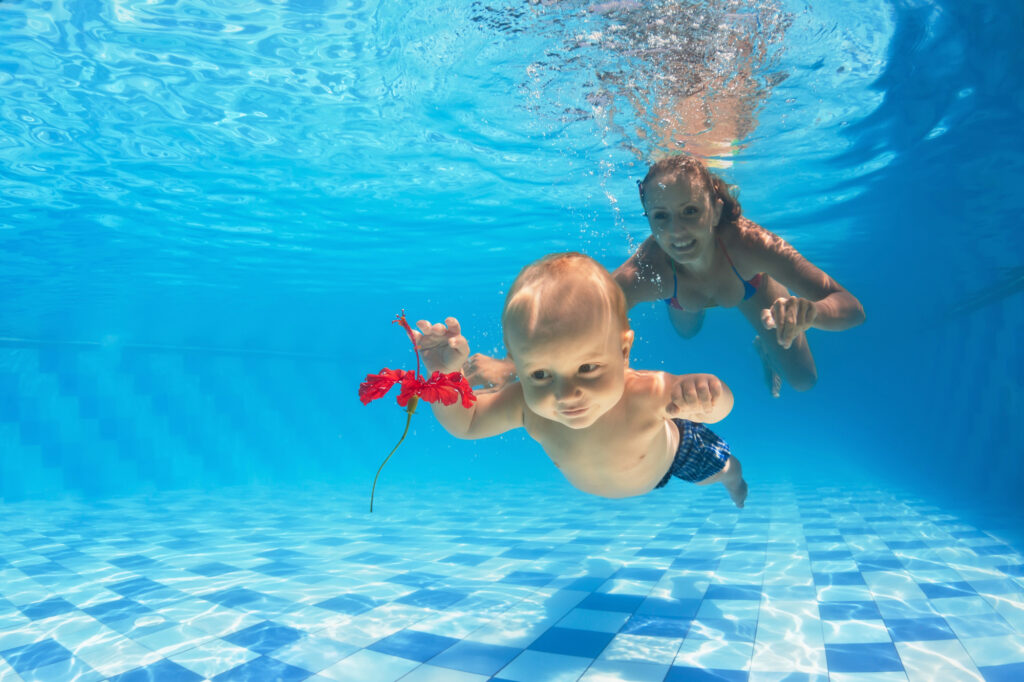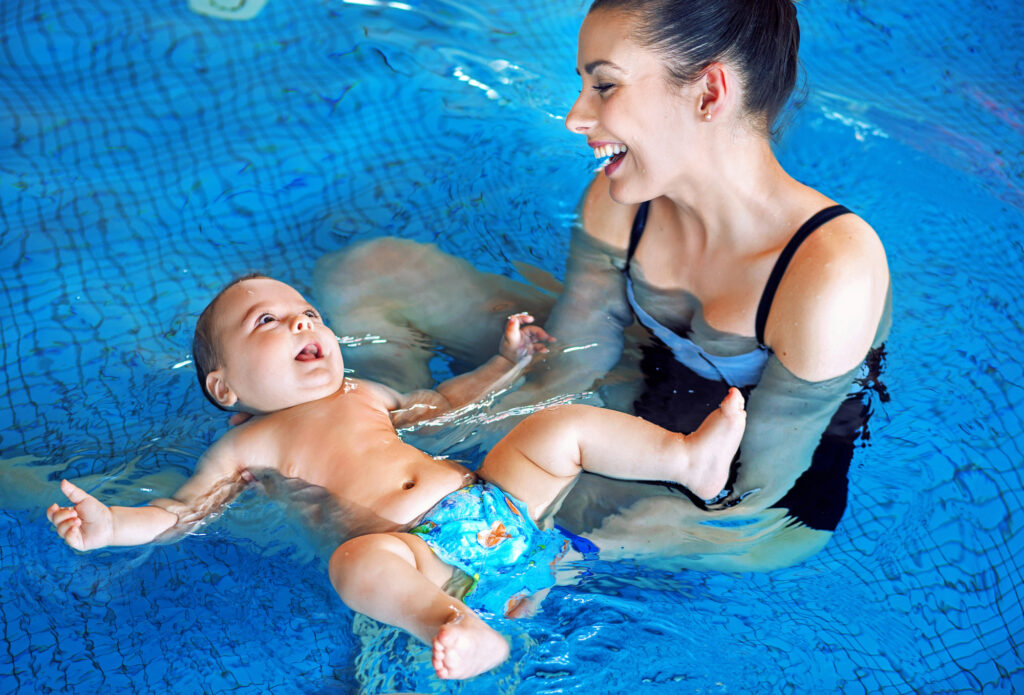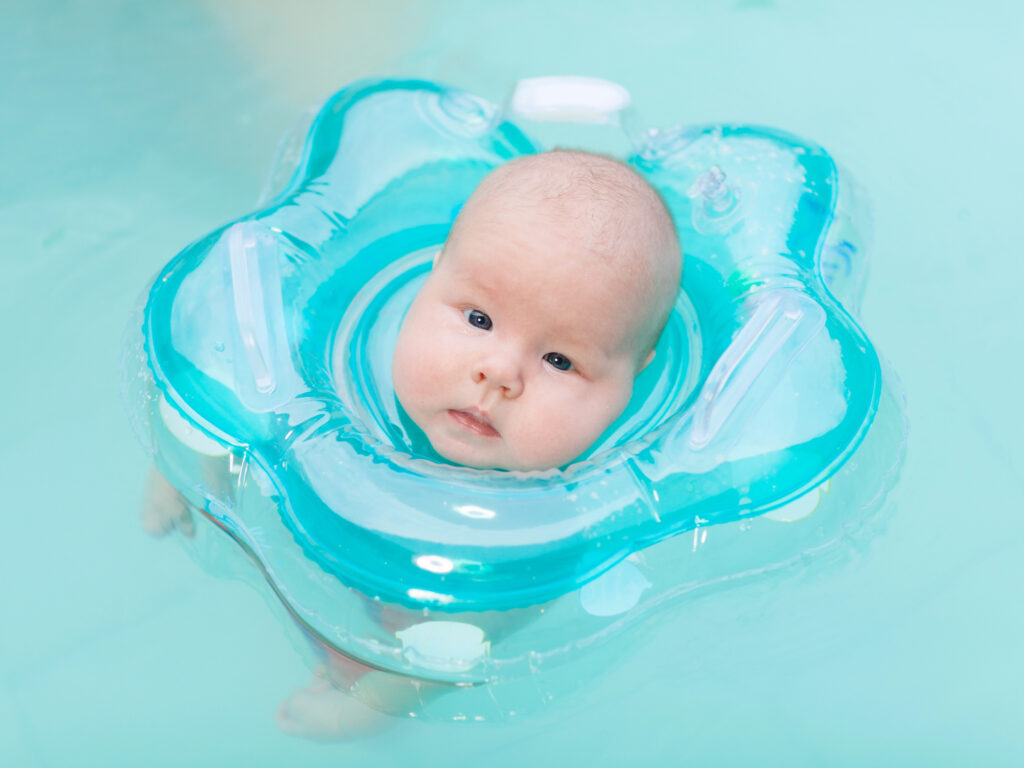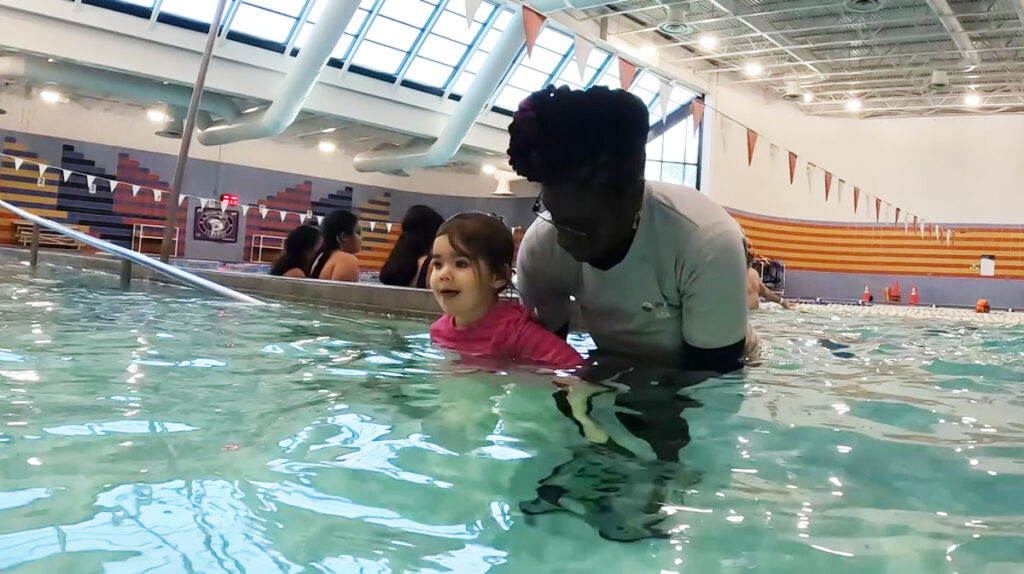How Do Child Swim Classes Differ Throughout Nations and Cultures?
Ever surprise how infants in China or Sweden be taught to swim? All around the world, mother and father need the most effective end result for his or her kids, and that’s why they appear to child swim lessons to instill this vital ability. In each tradition, infants be taught to splash, float, and maintain their heads above water— however the how, when, and the place can look surprisingly completely different!
Child Swim Classes in Sweden
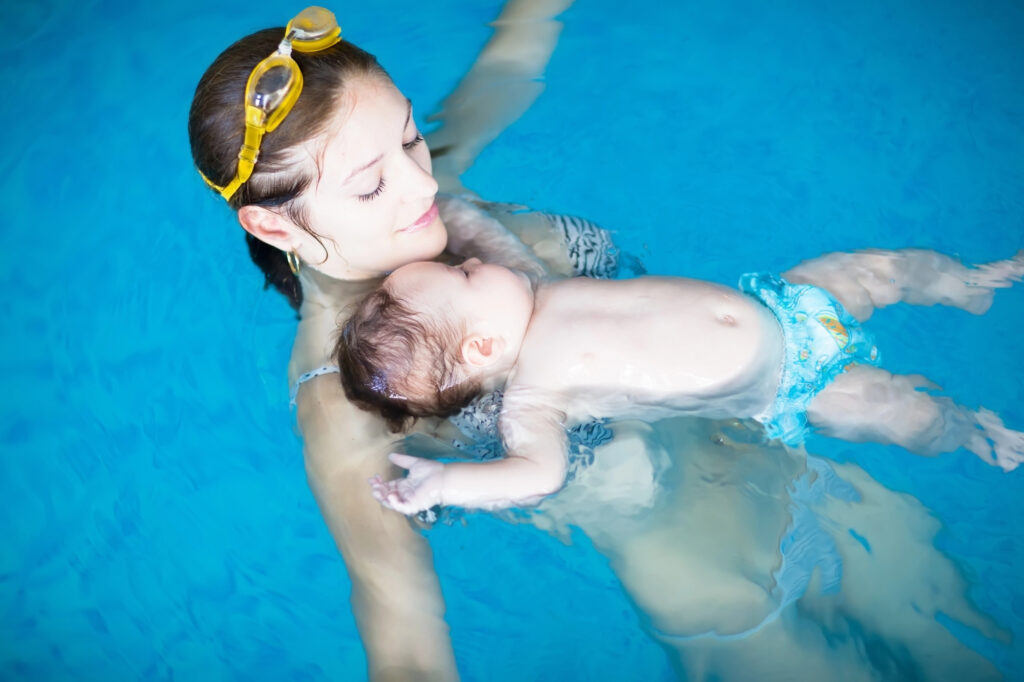
In Sweden, infants typically start child swim lessons (generally known as “babysim”) remarkably early— typically as younger as 4 weeks previous, although usually between 3-12 months. This early introduction to water is deeply embedded in Swedish tradition.
The Swedish method prioritizes:
Playful familiarization: Fairly than formal swimming strategies, Swedish child swim lessons give attention to making water a constructive, satisfying surroundings by video games and delicate workouts
Parental participation: Mother and father be part of infants within the water, creating bonding alternatives whereas offering safety
Developmental advantages: Swedish analysis emphasizes how early swimming stimulates social, sensory, and motor expertise improvement
Gradual development: Classes usually contain three sub-courses that slowly enhance in complexity as infants develop
Swedish instructors typically incorporate songs and video games, making the educational course of enjoyable and pure. This aligns with broader Swedish cultural values round outside exercise and reference to nature.
Swimming Classes for Infants in India
In India, child swim classes mix conventional practices with trendy educating methodologies, usually starting round 6 months.
The Indian method to child swimming emphasizes:
Gradual familiarization: Applications start with primary water consolation actions earlier than introducing extra structured expertise.
Constructing block methodology: Abilities are taught sequentially, with every new potential constructing upon beforehand mastered strategies.
Parental participation: Much like different cultures, mother and father play a vital function within the studying course of, offering bodily and emotional help.
Security training: Mother and father obtain complete coaching on water hazards and emergency responses alongside their kids’s classes.
Holistic advantages: Past security, Indian swimming applications typically spotlight improved sleep, urge for food, and confidence as key advantages.
Method development: As kids develop confidence, they step by step transition to studying formal swim strokes round age 5-6.
Specialised methodologies: Some applications incorporate strategies like “swim, float, swim” that train kids to alternate between swimming and floating for relaxation.
The Indian method displays the nation’s rising emphasis on early childhood improvement whereas acknowledging the significance of water security in a nation with numerous aquatic environments from coastal areas to rivers.
Child Swim Lessons in Australia
Australia’s relationship with water runs deep— with miles of shoreline and a robust swimming tradition, Australians prioritize water security from an early age.
Key components of Australian child swimming lessons embody:
Early introduction: Child swim classes typically start between 3-6 months
Security emphasis: Given Australia’s excessive drowning charges, these early applications focus closely on water security expertise
Dad or mum-guided studying: Mother and father take part actively within the water with their infants
Development to formal classes: Whereas Royal Life Saving Australia recommends formal swimming classes beginning at age 4, these child lessons create foundational consolation with water
Australia’s method displays its distinctive surroundings, the place seashore and pool security is taken into account a vital life ability reasonably than simply recreation.
Swim Classes in The Netherlands
Within the Netherlands, the place canals and waterways are prevalent all through the nation, swimming is taken into account a vital survival ability. Their ‘Swim ABC’ program displays their sensible method.
The Dutch system options:
Nationwide standardization: The “Swim ABC” program gives constant educating strategies nationwide
Survival prioritization: Youngsters be taught to show from entrance to again, float, and navigate to security
Diploma development: College students work towards three nationwide swimming diplomas (A, B, and C)
Complete water security: This system goes past simply swimming strokes to incorporate expertise like swimming in garments.
The Dutch method acknowledges that accidents occur, and kids want sensible expertise to save lots of themselves in the event that they unexpectedly fall into water— a mirrored image of the nation’s geography and cultural emphasis on preparation.
Child Swim Lessons in Russia
Do you know Russian infants start their swim journey when they’re tiny? At simply two months previous, these water infants are making stunning splashes!
Russian swimming lecturers have an incredible trick up their sleeves: they work with infants’ pure “diving reflex” – that cool intuition that makes infants robotically maintain their breath underwater. (Sure, it’s really a factor infants are born figuring out find out how to do!)
Right here’s what makes Russian child swim classes so fascinating:
Starting younger: Infants begin swimming at 2 months previous.
Child swimming facilities: These have popped up throughout Russia to accommodate the demand
Past certifications: Many instructors are celebrated athletes and coaches
A part of the method: Mother and father are included within the strategies, which makes for further particular bonding time.
Past survival expertise: Swimming is handled as a approach to assist infants sleep higher, develop stronger, and even calm down.
Russians consider infants are literally natural-born swimmers who simply want just a little assist remembering what they already know. There’s one thing inspiring about their confidence in infants’ pure skills!
Swim Classes in China
Child swim classes in China don’t all the time occur on the pool— at the very least, not the sort we swim in. As a result of so many individuals dwell in densely populated city settings the place massive swimming pools are onerous to return by (to not point out costly!), artistic options have emerged.
Chinese language child swimming practices typically embody:
Specialised tools: Particular person tubs reasonably than swimming pools, with particular neck flotation gadgets
Complete care: Classes usually embody pre-swim therapeutic massage, the swim itself, and post-swim bathing
Privateness concerns: Although there’s typically a show ingredient, the person tub method gives extra privateness than giant pool settings
The primary time you see a child fortunately floating in what seems like a flowery kitchen sink, it might sound uncommon! However this method brilliantly solves the house downside whereas giving infants the liberty to kick and splash of their private water space.
Child Swim Lessons at WeAquatics
At WeAquatics, we embrace the Toddler Swimming Useful resource™ (ISR) methodology, which includes the most effective components from international practices whereas including many years of analysis and refinement.
The ISR method we use options:
Science-backed strategies: Developed and refined over 40+ years of analysis
Age-appropriate expertise: Personalized approaches for various developmental levels
Security prioritization: Educating self-rescue expertise that might save lives
Temporary, efficient classes: 10-minute classes that match younger kids’s consideration spans
Progressive ability constructing: Constructing from primary floating to extra superior strategies
For infants 6-18 months, we give attention to educating infants to:
- Roll onto their backs
- Float and relaxation
- Breathe and wait
Youngsters aged 18 months+ be taught the swim-float-swim sequence, permitting them to swim, roll on their again to breathe, after which resume face-down swimming to security.
What We Can Study From International Approaches
These numerous approaches to child swimming reveal how cultural context shapes water training, however in addition they share widespread themes:
- Early introduction to water is useful throughout cultures
- Parental involvement enhances the educational expertise
- Security expertise are universally prioritized, although approached in another way
- Play and constructive affiliation with water matter in all places
- Development and age-appropriate expectations are vital
Understanding these international views enhances our method. WeAquatics incorporates the sensible security give attention to Australia, the systematic development of the Netherlands, the early introduction of Sweden, the reflex consciousness of Russia, and the individualized, one-on-one consideration of China— all whereas sustaining our dedication to the confirmed ISR methodology!
Are you prepared to start your baby’s journey to aquatics survival expertise? Join with WeAquatics to be taught extra about our Toddler Swimming Useful resource™ lessons for infants and toddlers.


